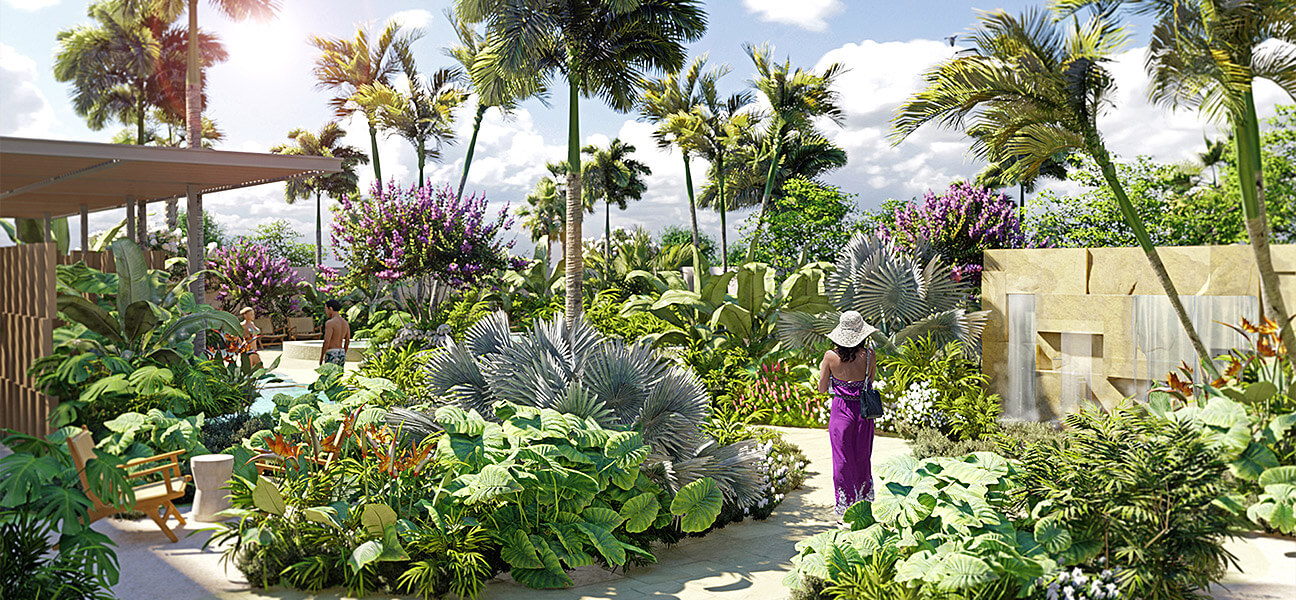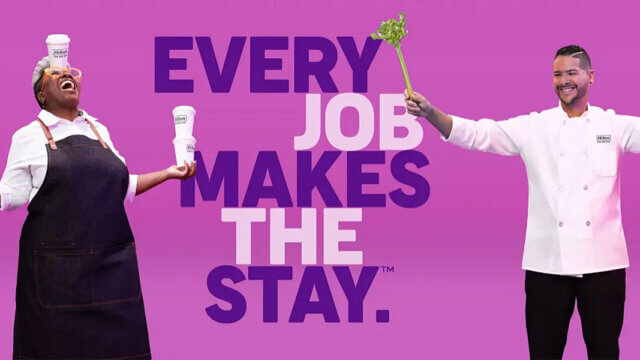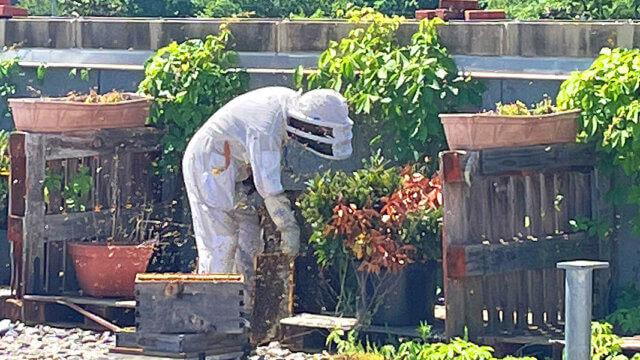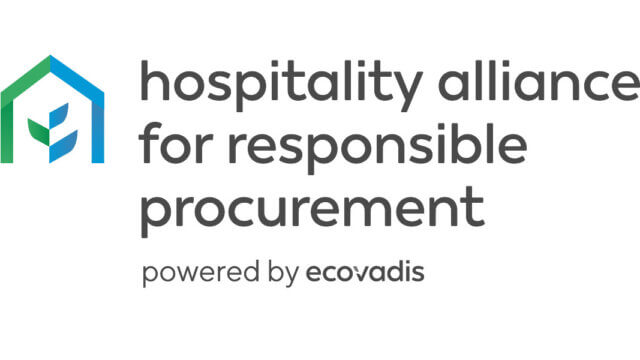Health and wellness remain a hot topic in hotels. Hotel Business caught up with Jessica Shea, VP, wellness, retail and leisure operations, Hilton, to find out the latest trends and how her company is working to satisfy guests.
Why do you think there is a renewed interest in health and wellness among guests?

I’ve worked in hospitality for 20 years, and I have never seen a time when health and wellness have been more important to our guests. Coming out of COVID, it is probably no surprise that people are much more focused on their health and well-being and understand that holistically taking an approach of prevention to disease and overall well-being is much more important than ever to people across the world.
What should hospitality’s role be in helping people achieve their health and wellness goals?
In hospitality, we have an obligation to help people with those lifestyle choices while they’re traveling. When consumers think about going on the road, whether it be for a meeting or for a celebration or for a vacation, we know from our research at Hilton that rest and relaxation are the number one reasons people are looking to travel in 2024. We see well-being and wellness specifically as it’s not one-size-fits-all; it’s the small decisions and choices people make every day to be at their best. Whatever we can do to support those choices and provide options for people while staying at our hotels is really important to us.
Beyond just the obvious post-COVID momentum for wellness, in surveys of consumers, we saw that 75% of consumers say brands in general can do more to support their well-being and wellness. About that same amount say brands need to embrace wellness as part of their core mission. This has always been important to baby boomers and older generations of travelers, but it is really the younger generations of travelers who are speaking up and saying “brand ethos is important to us and wellness is important to us, so we marry those things and we want to travel to hotels that care about how I feel and perform and how I show up when I’m there for these special moments in my life.”
How does Hilton work to bring health and wellness to guests?
You have this broad spectrum of what wellness means to people and how they want it delivered, but it is a wide range of touch points and experiences of that wellness across the guest stay. We look at our core business and how that can help support someone’s wellness journey. We are currently looking at it around four main pillars.
The first one is movement. We know that just getting out and moving has a massive impact on health. That doesn’t have to be a marathon, but just not being sedentary throughout the day—incorporating stretching, yoga or other types of movement throughout each day is really beneficial to well-being and long-term health.
In a hotel, obviously, that translates into fitness centers, which we have in almost every single one of the hotels globally. We’re really focused on making sure we have the best partners for fitness and following fitness trends like functional training, bodyweight training, these types of things. Guests have expectations because they can do it at home. What they come to do at a hotel has to be just as good.
The second one is something you are going to see a big focus on from Hilton, and that is sleep. That is for many reasons, No. 1 being sleep is essentially our core business. A good night’s sleep is the essential thing that a hotel should be providing. The No. 1 driver for well-being and wellness is how well you sleep. We are focusing on sleep and the things we feel we can do to support sleep, both in the environment and the bedding.
We are also looking for opportunities for people to power down before sleep, whether that is meditation or relaxation, and also power up after a good night’s sleep, things like exercise and coffee station, whatever it may be.
The third pillar is what we call nourishment. We don’t want to be didactic about what we are telling people health and wellness is, but we want to offer them options to get the kind of foods they need when they need it. During a conference or meeting, maybe there are cookies there, but there are also fruit smoothies and vegetables available outside the conference room so you can snack to fuel up, rather than not. But it really is a personal choice. We need to make sure that we have a variety of options, and it is not just one panel on a restaurant menu that says it is healthy for you.
The fourth pillar is spa and mindfulness. In the locations where we have spas, we are really focused on that experience of relaxation, restoration and recovery.
One of the biggest things that we are seeing is that expectations of a spa experience are not just your traditional massage. A lot of people want to go deeper. The spa is the gateway to finding even more spiritual meaning, centering or grounding, or being able to create that inner peace in a spa. We offer enhancement around traditional treatments like sound healing, breath work and vibrational therapies for people who want to dip a toe in the “woo-woo” side of wellness, but maybe don’t want to jump fully into a spa retreat. They want to go in for some bodywork or traditional massage, but we can also expose them to these really beneficial and healing modalities that they may not have considered in the past.




